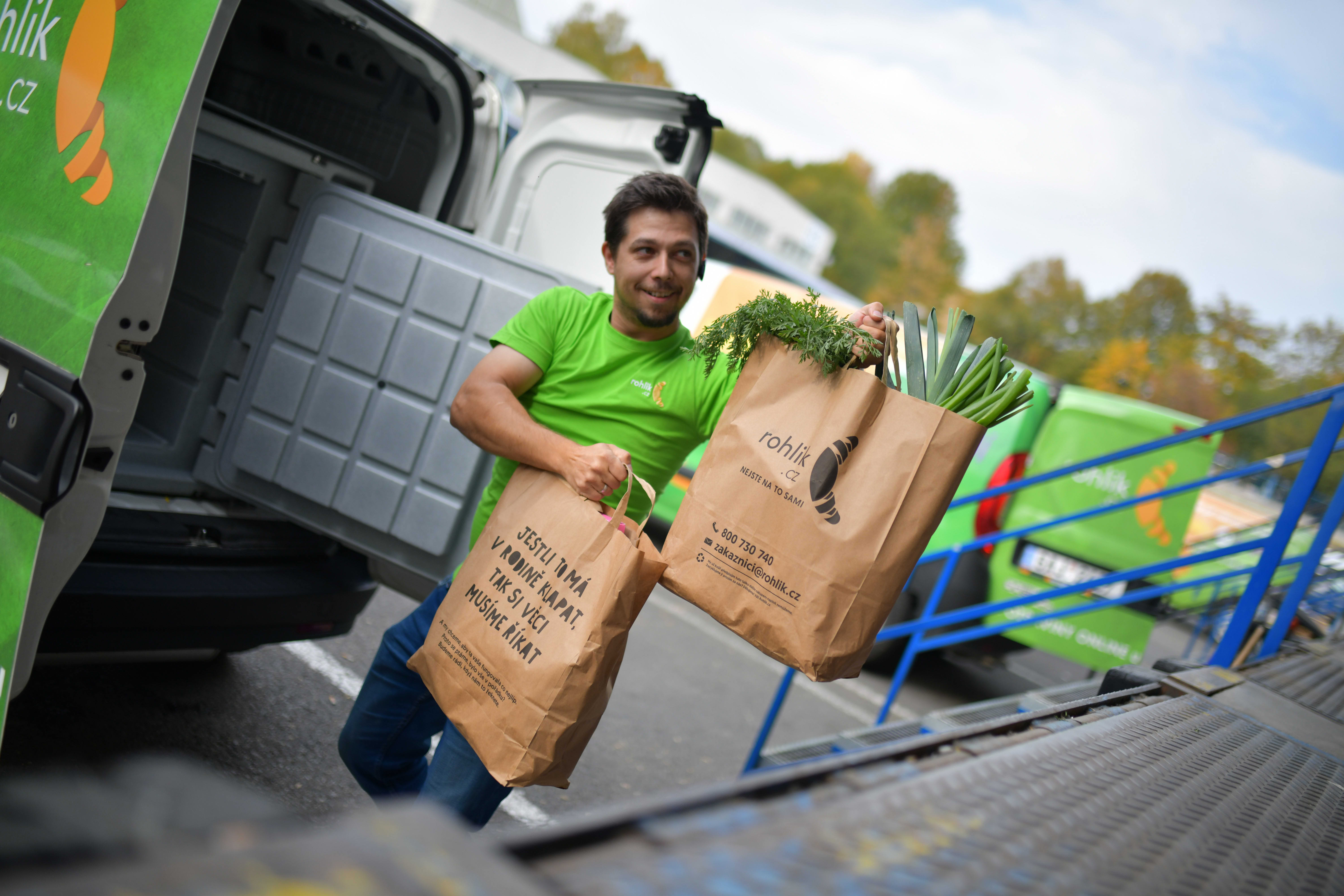The grocery delivery industry is experiencing unprecedented growth, driven by technological advancements and changing consumer behavior. However, the competition is fierce, and for grocery delivery startups, not only surviving but thriving requires a nuanced approach. This article delves into detailed strategies that empower startups to boost profit margins, enhance delivery times, and increase customer lifetime value (LTV).

Leverage Technology for Operational Efficiency:
- Technology is the backbone of any successful grocery delivery startup, and optimizing its use can significantly impact profit margins. Instacart is a prime example of a startup leveraging technology to streamline operations. Their app uses advanced algorithms to optimize delivery routes, reducing delivery times and fuel costs. This operational efficiency not only improves margins but also allows startups to offer competitive pricing, attracting cost-conscious consumers.
Build Strong Partnerships with Local Retailers for Margin Expansion:
- Collaborating with local retailers isn’t just about expanding the product range; it’s also a strategic move to increase profit margins. Shipt, a grocery delivery service acquired by Target, built its success by partnering with major retailers such as Target and Meijer. These partnerships enable Shipt to negotiate bulk purchase discounts, gain access to promotional deals, and secure products at lower costs, thereby increasing profit margins.
Implement Sustainable Practices for Increased Margins:
- Sustainable practices not only appeal to environmentally conscious consumers but can also contribute to increased profit margins. The zero-waste grocery delivery startup, Loop, employs reusable packaging, reducing packaging expenses over time and attracting customers willing to pay a premium for sustainable options. Investing in electric or hybrid delivery vehicles further aligns with sustainable practices, reducing operational costs and increasing overall margins.
Optimize Delivery Times for Enhanced Customer Satisfaction:
- Improving delivery times is a critical aspect of enhancing customer satisfaction and, consequently, increasing customer lifetime value. Amazon Fresh exemplifies this strategy by offering Prime members the benefit of free, same-day or one-day delivery on grocery orders. By utilizing sophisticated logistics and distribution centers strategically located across regions, Amazon Fresh provides customers with fast and reliable deliveries, leading to improved customer satisfaction and increased LTV.
Invest in Marketing and Branding for Increased LTV:
- A well-executed marketing strategy not only attracts new customers but also contributes to increasing customer lifetime value. Instacart effectively utilizes personalized marketing campaigns by analyzing customer data and offering targeted promotions and discounts. Their loyalty program, Instacart Express, provides subscribers with exclusive benefits, such as free delivery on orders over a certain amount, encouraging repeat purchases and increasing overall customer lifetime value.
Diversify Services and Offer Premium Options:
- Diversifying service offerings can attract a broader customer base and contribute to increased LTV. FreshDirect, known for its quality groceries, introduced the “DeliveryPass” subscription service. For a monthly fee, customers enjoy unlimited free deliveries, creating a loyal customer base willing to pay for added convenience. Additionally, FreshDirect offers premium options like chef-prepared meals, catering to customers seeking a more personalized and upscale grocery delivery experience.
Prioritize Compliance and Safety to Build Trust:
- A commitment to compliance and safety not only protects your startup from legal issues but also builds trust with customers, contributing to increased LTV. During the COVID-19 pandemic, grocery delivery startups like Instacart implemented contactless delivery options and communicated transparently about safety measures. This prioritization of customer safety builds trust and encourages repeat business, ultimately increasing customer lifetime value.
Conclusion:
Surviving and thriving in the competitive grocery delivery market requires a comprehensive strategy that goes beyond basic operations.
By leveraging technology for operational efficiency, building strong partnerships with local retailers, implementing sustainable practices, optimizing delivery times, investing in marketing and branding, diversifying services, and prioritizing compliance and safety, startups can boost profit margins and increase customer lifetime value.
Success in this dynamic industry hinges on adaptability, innovation, and a customer-centric approach. With a focus on these detailed strategies and real-world examples, grocery delivery startups can not only navigate challenges but emerge as leaders in the evolving landscape, poised for sustained growth and profitability.
Have an e-commerce mobile app idea that you would like to build? eddress can definitely help you!
Visit our website and let’s get on a call!
For more content like this, visit our blog!





